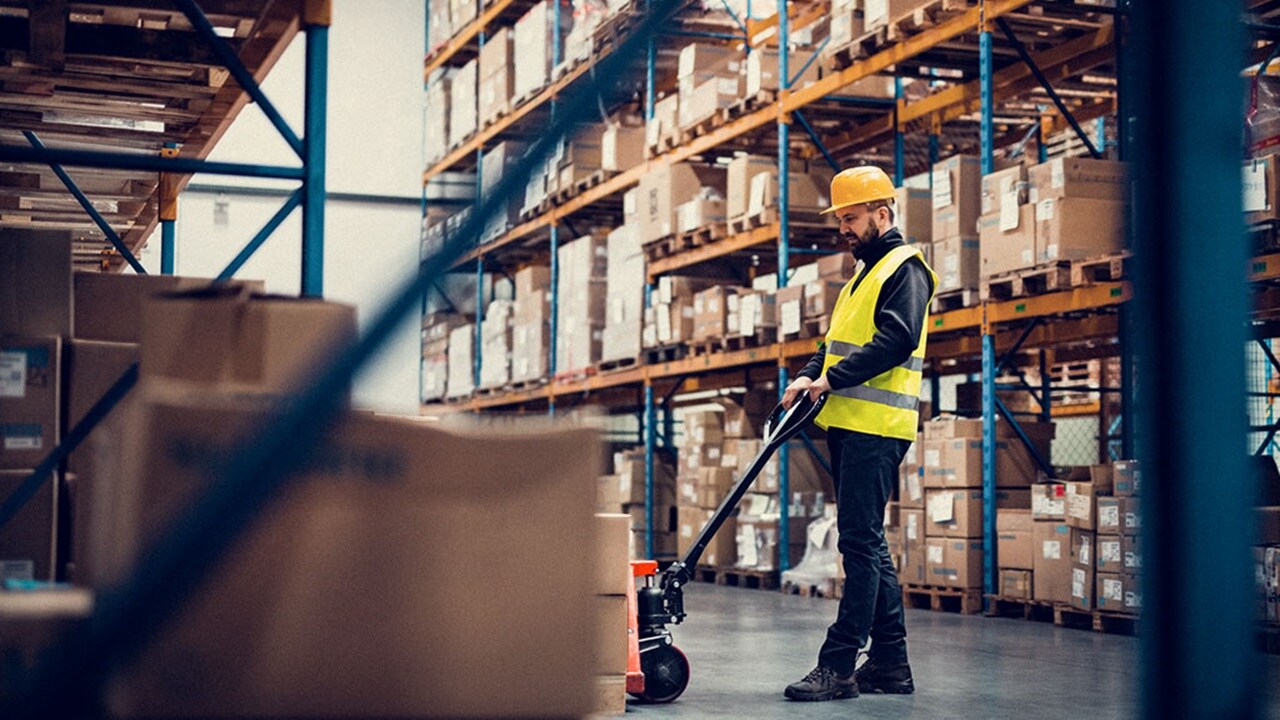The pandemic has changed our world in innumerable irreversible ways and challenged logistics networks across the globe. Supply chain disruptions, delays and bottlenecking have challenged all industries to be innovative and find solutions to mitigate hurdles put in place by it. In the world of retail in particular, the pandemic has sped up a trend that had already begun to form prior to the shutdown: online shopping.
By implementing a logistics structure that supports both traditional retail and e-commerce, retailers can grow their businesses – but first they must reimagine their supply chains.
A Hybrid Approach to Fashion Retail Supply Chains
According to a 2021 study by leading consultancy McKinsey, sales via digital channels increased by 160% between 2014 and 2019. In the United States alone digital sales jumped 40 percent from 2020 and 2021, with the pandemic drastically increasing customer’s desires to purchase from the comfort (and safety) of their own homes.
Though the pandemic may have brought this trend into sharp relief, it is clear that from consumer technology to daily grocery shopping, more and more customers are taking omnichannel paths to purchase. As of this writing, around 75% of consumers in the United States are planning their purchases, and making purchases using a hybrid perspective, both online and in store.
Increased Demand for Ecommerce Opportunities
Smaller scale local brick-and-mortars are increasingly seeing demand from consumers to diversify their delivery options, with customers expecting seamless digital experiences with all their retailers, not only e-commerce giants like Amazon. It is clear now that home delivery, self-service pickup (like Amazon Locker, FedEx Ship&Get, DHL Locker, etc.), and click and collect are all here to stay, far beyond the reaches of the pandemic.
Social Media Boosts Need for Seamless Fashion Retail Supply Chains
Customers are also seeing new ways to find new products and complete their purchases. Social commerce, which allows customers to buy directly through social media channels, is expected to account for nearly 80 billion USD (US Dollars) in retail sales in 2025, a near doubling of the 2021 share of sales. This is a massive opportunity for retailers to grow their business and expand their reach. Retailers can now leverage social media (in addition to their own websites) to not only advertise but also sell their products.
E-Commerce Logistics Challenges
While demand for e-commerce is certainly robust, the main challenge for retailers will be meeting the complex needs of e-commerce fulfilment.

One large logistics challenge with this omnichannel experience is that the ubiquity of digital marketplaces means that customers can truly pick their own experience when it comes to purchasing and returning, shifting back and forth between physical retail stores and online. Customers may order online and wish to pick up instore or return an item via mail; the supply chain needs to anticipate and cater to all of these complexities in order to give the customer the experience they look for.
Additionally, unlike traditional brick-and-mortar or wholesaler fulfilment, e-commerce customers can order at any time, even after stores are closed, meaning that demand is less predictable. This increase in complexity and speed means an increase in fulfilment costs, with McKinsey explaining that ‘an online order’s cost per unit can easily be four to five times higher than traditional brick-and-mortar replenishment and ten times higher than wholesale fulfilment’.
Future-fit with Integrated Logistics
A new and innovative approach for e-commerce fulfilment is needed. Rather than optimising current business practices to fit into the digital marketplace, it is imperative to reimagine completely through an omnichannel lens.
From marketing and talent acquisition to data management and customs clearances, changes to existing operational frameworks do not allow retailers enough flexibility and agility to navigate the constantly changing e-commerce space. This means brands have slower reaction times, resulting in the domino effect of delays throughout the supply chain.
By working with an integrated logistics partner, retailers can utilise the many offerings available to strengthen and optimise their e-logistics offering. From ensuring less far-sourcing of products and more near-sourcing by working with a partner who has warehousing capabilities available across the globe, to having assistance through the many shifting hurdles of local customs, a company with a global scope is best equipped to expand by working with an integrated logistics partner.
One of the key strengths a partnership like this can offer is multiple routes and transportation capabilities to market, allowing brands to utilise the strengths of their end-to-end logistics partner to ease growing pains as they themselves grow and expand their offering to their customers, globally. In a world of ever-changing logistical landscapes, resilience, agility and flexibility are key to maintaining the service level brands have worked so hard to instill.
Supply chains can be a company’s strength or Achilles’ heel, all dependent on how a brand chooses to utilise their partnerships with their logistics partner. A good partner can help expansion and growth, assisting companies in navigating choppy waters and unexpected hurdles like congestion at ports, pandemic flare-ups and delays in key parts of the supply chain.
未来,您想随时了解必读行业趋势吗?
您已经完成了,欢迎“登船”!
很抱歉,发送您的联系请求时出现问题。
请查看表单字段,确保所有已正确填写所有必填信息。如果问题仍然存在,请联系我们的支持团队以获得进一步的帮助。
未来,您想随时了解必读行业趋势吗?
使用此表格注册,即可直接在您的邮箱中接收我们的洞察见解,进入一个真正的综合物流世界。简单操作,即从我们为您量身定做的精选文章中获得启发,了解相关行业洞察信息。您可以随时取消订阅。













